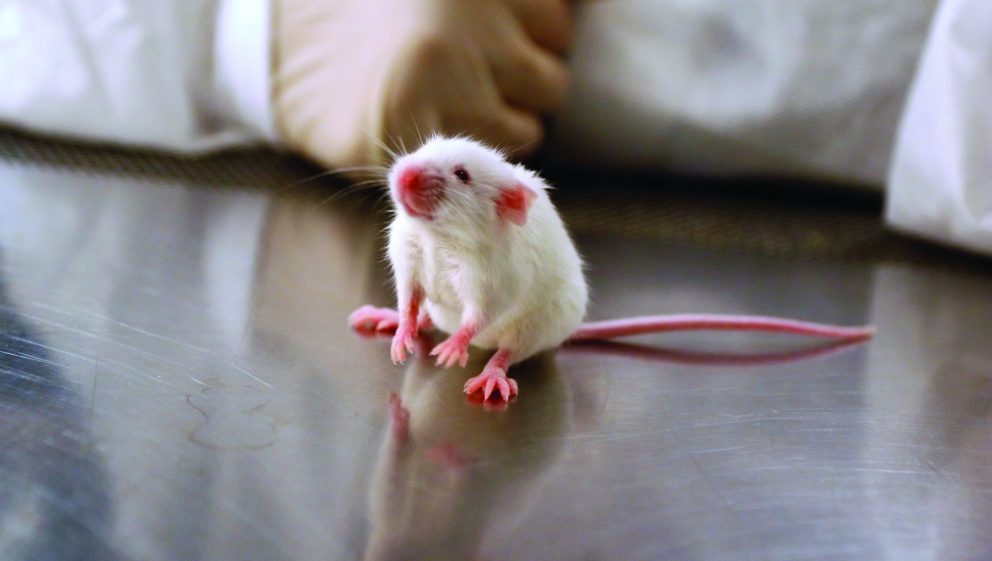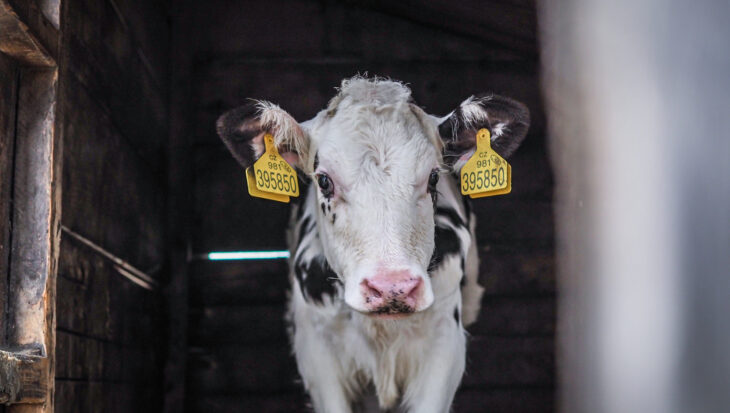The industrial scale of animals being bred and used in scientific research is revealed today in Home Office statistics, relating to ‘scientific procedures on living animals’ in Great Britain in 2016. A total of almost 3.9 million animals were used for the first time, including mice, rats, fish, dogs, cats, monkeys and horses. Whilst this figure is a slight fall from last year’s total, it is still horrifyingly high, with each number representing a living sentient animal, capable of feeling pain and distress.
While the entire report makes chilling reading for those concerned with robust science or the welfare of animals in laboratories, certain statistics are particularly striking:
- The number of beagle dogs being used in experiments increased from 3, 241 in 2015 to 3,326 in 2016.
- 1.91 million genetically altered animals were created or bred and were not used in further procedures – 86% (1.65 million) of these were mice (see editor’s notes).
- Of the 2.02 million procedures which were completed in 2016, 581,000 were assessed as of moderate severity, an increase on 2015’s figure. Moderate severity is defined as causing ‘a significant and easily detectable disturbance to an animal’s normal state’
In recent years, Animal Aid has exposed some of the dreadful ‘protocols’ to which animals are subjected in laboratories. These have included animals having cancer cells injected into their hearts, having their joints surgically damaged, being injected with toxins, being partially suffocated and being bred to suffer diseases ‘similar’ to humans in a misdirected attempt to cure people.
This enormous figure of animals used in experiments illustrates the colossal scale of animal research, where animals are treated as expendable ‘research tools’, not as sentient individuals with the capacity to experience pain, distress and despair. Mice comprised 74% of the total and are used because they are comparatively cheap and have a fast breeding rate.
Says Jessamy Korotoga, Animal Aid’s Anti-Vivisection Campaign Manager:
‘It is essential to remember what this number represents – millions of sentient animals, living lives that are frequently filled with frustration and pain in laboratories, undergoing terrible experiments which frequently end in death. Today’s animal research is being conducted in the face of mounting evidence that vivisection does not provide results which are reliably predictive of the human condition. It not only fails the animals who are hurt and killed, but also patients and their families.’
Notes to Editors
- View the 2016 statistics
- More detailed information on animal research and scientific critiques of some research which was supported by well-known charities on our Victims of Charity website
- Genetically altered animals include those who are genetically modified and those who have a harmful genetic mutation. The creation of GM mice generally involves several painful and invasive procedures, including castration, major surgery and ear or tail mutilation. The term GM is now frequently used, as are the techniques themselves, yet few people understand the processes involved. Creating just one ‘founder’ mouse with the required genetic alteration can entail the deaths of hundreds of others. These unwanted mice are often killed by being gassed or having their necks broken.
- For additional information or to arrange an interview with Animal Aid’s Anti-Vivisection Campaign Manager, Jessamy Korotoga, please telephone 01732 364546 extn 236.


